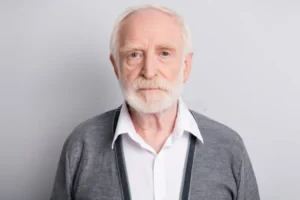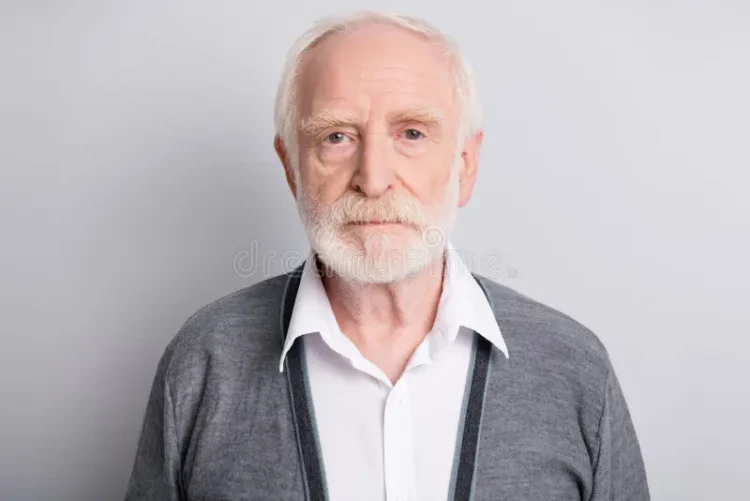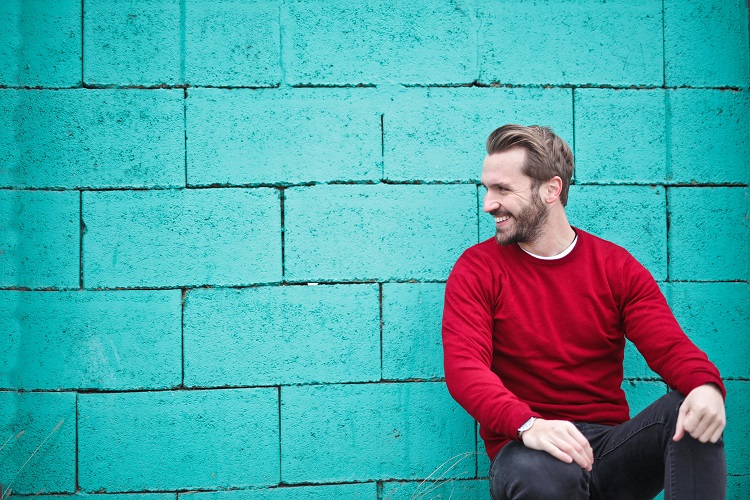In the tapestry of human history, the figure of the old white man occupies a prominent yet controversial position. Shaped by centuries of societal evolution, cultural norms, and power dynamics, the archetype of the old white man carries with it layers of meaning that reflect both the achievements and the inequalities of our collective past and present.
Origins and Evolution of the Old White Man
To understand the concept of the old white man, we must delve into history. Across various cultures and epochs, older men of European descent have often held positions of power and influence. This phenomenon finds its roots in historical processes such as colonialism, industrialization, and the development of patriarchal societies.
During the Renaissance and Enlightenment periods in Europe, older white men dominated intellectual and political spheres. Thinkers like Isaac Newton, Galileo Galilei, and John Locke shaped the course of Western thought, while rulers and politicians predominantly hailed from the same demographic. This historical dominance laid the groundwork for the stereotype of the old white man as the epitome of wisdom, authority, and leadership.
Cultural Representations and Stereotypes
Throughout literature, art, and media, the portrayal of the old white man has evolved alongside societal shifts. In classical literature, figures like King Lear embody the complexities of aging and power. Fast forward to the 20th century, characters like Ernest Hemingway’s protagonists or the archetypal CEO in business literature epitomized the white male figure at the pinnacle of success and influence.
However, these representations have not always been positive. The archetype of the old white man has also been criticized for perpetuating stereotypes of entitlement, privilege, and resistance to change. This criticism intensified during periods of social upheaval such as the civil rights movement in the United States and the feminist movement across the globe, where the old white man often symbolized the status quo and resistance to progressive change.
Demographic Realities and Contemporary Perspectives
In contemporary society, discussions around the old white man have become increasingly nuanced. Demographic shifts, globalization, and movements advocating for diversity and inclusion have challenged the traditional dominance of older white men in various domains.
Statistics show that in many Western countries, older white men still hold a disproportionate amount of political, economic, and cultural power. Corporate boardrooms, political offices, and cultural institutions often reflect this demographic imbalance despite efforts to promote diversity. Critics argue that this imbalance perpetuates systemic inequalities and limits opportunities for marginalized groups.
Challenges and Controversies
The archetype of the old white man is not without its controversies. Debates around privilege, representation, and equity continue to shape public discourse. Critics argue that the overrepresentation of older white men in positions of power perpetuates a cycle of exclusion and reinforces systemic biases.
Conversely, defenders of the old white man archetype argue that experience, expertise, and merit should be the primary criteria for leadership positions, regardless of demographic characteristics. They point to achievements in science, literature, and governance as evidence of the contributions older white men have made to human progress.
Intersectionality and Diversity
It’s essential to recognize that the concept of the old white man intersects with other dimensions of identity, such as class, sexuality, and ability. Not all older white men have had the same life experiences or enjoyed the same privileges. Factors like socioeconomic background or geographic location can significantly influence an individual’s opportunities and perspectives.
Moreover, the experiences of older white men vary across different cultures and societies. While historical narratives in Europe and North America often emphasize the dominance of older white men, other regions may have different patterns of power dynamics and representation.
Changing Dynamics in the Modern World
In recent decades, there has been a visible shift in the representation and perception of the old white man. Increasingly, institutions and organizations are implementing diversity initiatives aimed at promoting greater inclusion of women, people of color, and younger generations in leadership roles. These efforts seek to address historical inequalities and create more representative and equitable societies.
At the same time, older white men themselves are navigating changing societal expectations and norms. Many are actively engaging in conversations about privilege, allyship, and the need for greater diversity. By acknowledging their own privileges and advocating for inclusive practices, some older white men are contributing to broader efforts to dismantle systemic barriers.
Conclusion: Toward a More Inclusive Future
The archetype of the old white man is a complex and evolving concept that reflects broader societal attitudes and power dynamics. While historically synonymous with authority and influence, this archetype is increasingly being scrutinized and challenged in the context of modern diversity movements.
As we look toward the future, it is crucial to foster dialogue and understanding around issues of privilege, representation, and equity. By acknowledging the historical legacies and contemporary realities associated with the old white man, societies can work towards creating more inclusive environments where individuals of all backgrounds have equal opportunities to thrive and contribute.
In essence, the story of the old white man is not just about one demographic group but about the intersections of power, identity, and progress in human societies. By examining this archetype critically and compassionately, we can move towards a more just and inclusive future for all.









